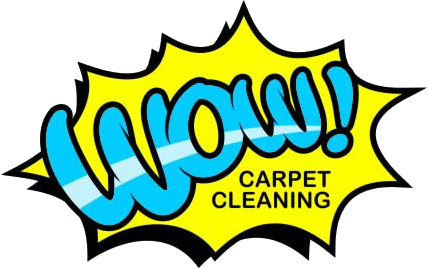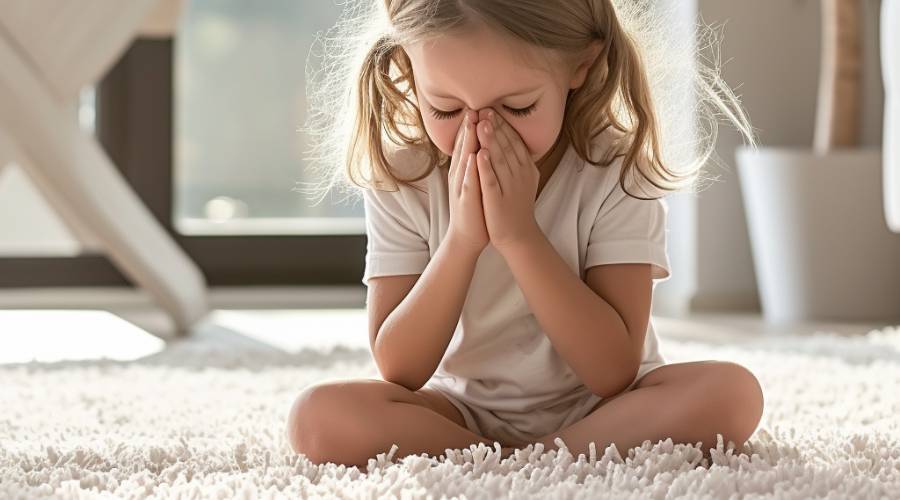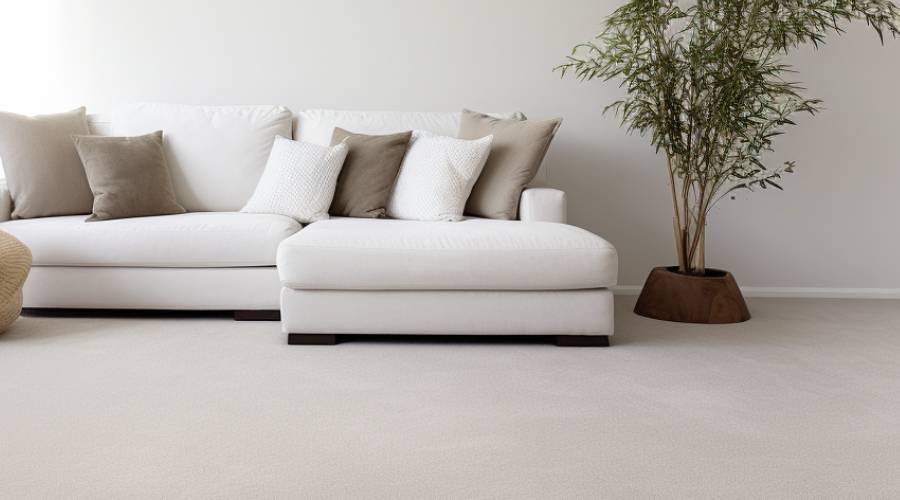How Does Carpet Cleaning Reduce Allergies?
A Carpet Cleaning Guide for Allergy Sufferers
If you suffer from allergies, you know just how difficult it can be to find relief, especially in your own home.
Between dust mites, pet dander, pollen, and mold spores, our carpets can be a breeding ground for allergens. While completely removing carpets may seem like the only solution, professional carpet cleaning can go a long way in reducing allergy triggers.
This comprehensive guide will provide tips and advice to help those with allergies breathe a little easier.
How Carpet Cleaning Helps Allergy Prone Individuals
When done properly, professional cleaning removes up to 98% of common allergens from carpeting. This includes:
- Dust mites – Microscopic bugs that live in fabric fibers and feed on skin cells we shed.
- Dander – Tiny flakes of skin and hair from pets and humans.
- Pollen – Spores released from trees, grass, weeds, and flowers.
- Mould – Microscopic fungus spores that grow in damp areas.
By extracting dirt, debris, and moisture out of carpeting, thorough cleaning leaves behind fewer places for these irritants to hide. Proper drying also helps inhibit mildew and bacteria growth. The result is cleaner air and potential allergy relief.
Choosing the Right Carpet Cleaning Method
With various cleaning methods out there, it can get confusing finding the best one for allergy issues. Let’s break down the most common to see how they compare.
Steam Cleaning
This method uses hot water extraction to deep clean carpets. First, an industrial strength cleaner is worked into the carpet fibers using pressurised hot water. Then a powerful vacuum cleaner extracts the dirt, allergens, and moisture in one step.
Benefits: Very thorough cleaning. Heat kills house mites. Excellent moisture removal.
Downsides: Long dry times increase mould risk if humidity is high. Can damage some carpets.
Dry Cleaning
Instead of liquids, dry carpet cleaning uses an absorbent compound that is worked into fibers. The compound’s soapy chemicals latch onto dirt and allergens so they can be vacuumed away.
Benefits: No moisture left behind. Very fast drying. Safe for all carpet types.
Downsides: Less effective on heavy soil. May require frequent repeating.
Bonnet Cleaning
This technique uses rotating pads to absorb and trap dirt from carpet surfaces. Cleaning solution is sprayed directly onto the carpet and then scrubbed with the pads.
Benefits: Very fast. No liquids penetrate carpet backing.
Downsides: Only cleans surface fibers. Does not extract allergens or moisture.
The Verdict:
Those with allergies, steam cleaning is typically the best option. The hot water extraction provides a deep, thorough cleaning not matched by other methods. Just be sure to hire a reputable professional who can manage dry times appropriately for your climate.
4 Tips to Make Carpet Cleaning Help Allergies Even More
While professional services offers huge benefits for allergy relief, you can take additional steps to maximise results:
- Vacuum thoroughly right before steam cleaning. This lifts dirt and allergens to the surface so they can be better extracted.
- Pretreat heavy traffic areas and stains. Letting pretreatments dwell will break down allergens for better removal.
- Ask about sanitising additives. Some cleaners offer anti-microbial treatments to inhibit mold growth during drying.
- Keep pets off wet carpets until fully dry. This prevents dander and proteins from settling back in while carpets are vulnerable.
Paying attention to these extra details ensures cleaner carpets and better allergy protection between professional cleanings.
Developing an Allergy Management Plan
While cleaning helps reduce allergens, it isn’t a cure-all solution. That’s why it’s important to make it part of a larger allergy management plan. Here are some additional tactics to incorporate:
- Use HEPA air filters.
- Wash bedding weekly in hot water.
- Dust and vacuum twice a week.
- Limit fabrics and clutter.
- Install hard surface flooring when possible.
- Take off shoes when entering the home.
- Schedule pro cleanings every 6-12 months.
Combining these practices with regular deep cleaning gives sufferers the best chance at breathing easier indoors.
Finding an Allergy-Friendly Cleaner
While DIY carpet shampoos may seem appealing for saving money, they rarely offer the thorough cleaning needed for allergy relief. Plus there are risks of pushing dirt deeper into floor carpets or failing to completely remove moisture.
That’s why hiring a professional carpet cleaner is highly recommended. But not all cleaners are necessarily allergy-friendly. Here’s what to look for:
- Truck-mounted steam cleaning equipment.
- Advanced drying tools like high-powered fans.
- Green cleaning options with natural solutions.
- High level certifications from organizations like the IICRC.
- Specialty training in allergen removal.
Companies that invest in the best tools, solutions, and education will provide the deepest cleaning and moisture control for allergy aid. Be sure to ask plenty of questions before booking.
Breathe Easier with Cleaner Carpets
Coping with allergy problems is tough, especially in your home where you should feel most comfortable.
But implementing a thorough allergen reduction plan that includes regular professional carpet cleaning service can help ease the burdens of itchy eyes, runny noses, and difficulty breathing.
Use the advice in this guide to tidy carpets of common irritants. Then pair that with additional techniques like air purification, dusting, and limited fabrics.
With cleaner carpets and air, person with allergies stand the best chance at finding relief while still enjoying cozy spaces.


